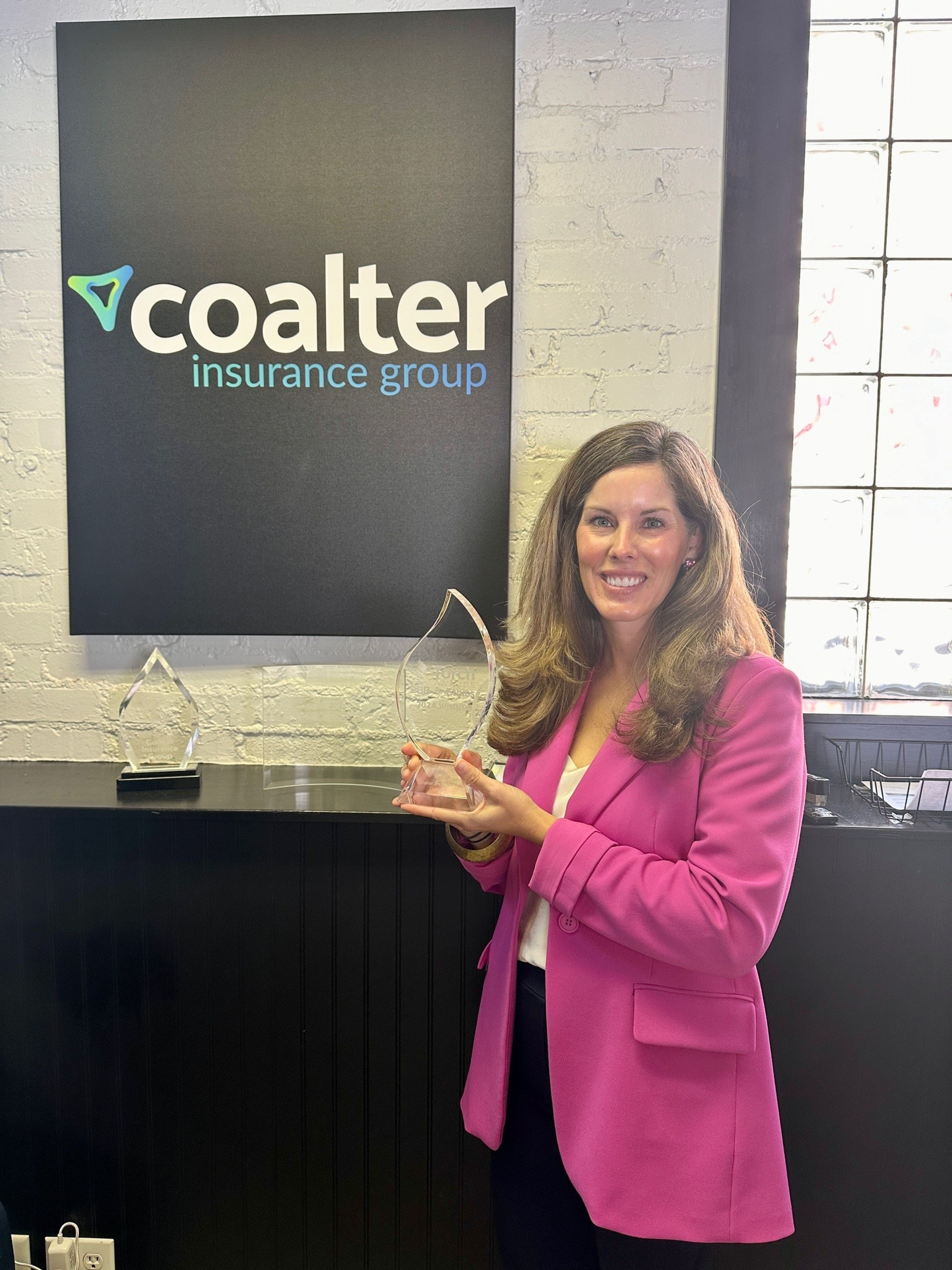New USDA regulations on organic foods go into effect Oct. 21
Chances are, the ingredients in the food you eat have been sprayed with pesticides made from sewage sludge, injected with growth hormones or ionized with radiation. While all those are government-approved as safe farming techniques, consumers looking for an alternative will have an easier time finding one starting Oct. 21...
Chances are, the ingredients in the food you eat have been sprayed with pesticides made from sewage sludge, injected with growth hormones or ionized with radiation.
While all those are government-approved as safe farming techniques, consumers looking for an alternative will have an easier time finding one starting Oct. 21.
That's when farmers, grocers, restaurants and anyone else making or selling certified organic food will have to be in compliance with new U.S. Department of Agriculture organic food regulations.
Consumers previously had to depend on a patchwork of state and industry guidelines to define which foods were organically grown. But the new USDA regulations, which have been under construction for more than 10 years, will require that foods meet specific growing and processing standards to be labeled organic.
Consumers can look for a certified USDA tag that growers and sellers may place on products.
Organic foods were conceived in California in the late 1970s as a counterculture protest to the increasing use of industrial farming methods. They're made without the use of antibiotics, growth hormones and most kinds of pesticides and chemical fertilizers.
They include everything from fruit and vegetables to cereals, cheese, milk, wine, bread and potato chips.
Organics were sold primarily in specialty stores for years. But the need for regulation has gained urgency as organic products have multiplied and gone mainstream, occupying increasing amounts of shelf space in conventional supermarkets.
Organic food sales were about $1 billion in 1990. The number hit $9.3 billion in 2001, and the Organic Trade Association predicts it will grow to $20 billion by 2005.
While organic foods account for only about 2 percent of the U.S. food supply, their sales growth is outpacing that of nonorganic foods, government statistics show.
"It's a double-digit growth business," said Barbara Robinson, who oversees the USDA organic certification program. "When you look at conventional, nonorganic grocery store sales, they go up an average of less than 5 percent a year. Organic has been growing at 15 to 20 percent a year." Barbara Haumann, senior staff writer at the Organic Trade Association, said consumers most frequently cite the health and taste of the products when explaining why they buy organic food.
"Some folks want organic milk and meat in particular," she said. "Those are fast-growing categories, and part of that has been the concern over the use of growth hormones and the overuse of antibiotics in big feed lots. They know organic doesn't allow that."
The USDA organic regulations require growers and sellers who want to label their food as organic to be inspected by a licensed certifying agent.
Foods such as cereals that are completely organic can be labeled 100 percent organic, while foods that are made of no less than 95 percent organic ingredients can be labeled simply as organic. Foods that are no less than 70 percent organic can be labeled as being made with organic ingredients.
Austin, Texas-based Whole Foods Market Inc. was among the industry retailers, associations and farmers involved in the USDA effort.
"We're very happy about it, because it gives a consistency and a constancy on what the standards really are," said Margaret Wittenberg, vice president of governmental and public affairs at Whole Foods.
She said a shopper from Austin will know that organic tomatoes in a Dallas store are grown and processed exactly the same as back home, or as in Los Angeles, for that matter.
While uniform standards might encourage some customers to go organic, the biggest boost for organic sales has been the improvements that organic farmers have made to the foods they grow, said Lee Crenshaw, director of perishables procurement at Central Market, a high-end food chain operated by San Antonio-based H.E. Butt Grocery Co.
"I think the reason organic produce has really taken off the last several years is just the quality of the product," he said. "Eight to 10 years ago, organic was kind of considered a No. 2 product; it was shaped funny or had some scarring or didn't look that great. Over the last few years, the quality has gotten the same, in terms of taste, texture and appearance."
Haumann at the Organic Trade Association said 73 percent of all U.S. grocery stores offer organic products.
There are a couple of hurdles for the organic industry to overcome.
First, organic foods tend to be a little more expensive than their nonorganic counterparts.
Wittenberg at Whole Foods said the price difference can range from nonexistent to 15 percent more for organic foods.
"There are a lot of products that have come down in price over the years," she said. "I think a lot of that is just the organic industry getting better at distribution and all the business aspects of it. Also, as more producers get into organic, the prices tend to go down."
Haumann added that while nonorganic foods can be cheaper, the price consumers pay at the register doesn't factor in costs to clean up land and water damaged by farm chemicals or reveal how small farmers are being squeezed out by paper-thin profits.
She said consumers are reaching a crossroads where they will have to "think about how cheap our food really is."
Another challenge for organic farmers is to improve the quality and consistency of some products such as meats, said Chris Hooks, director of procurement and merchandising at Central Market.
"Probably the meat department is the biggest area that is not mainstream, either at Central Market or at our competitors, and I think that boils down to taste and cost," he said.
"Consistency is all over the board. It can be dry and tough, and consumers are used to beef tasting a certain way, because ranchers all use the same basic feed."
Because organic beef has to come from cattle that have been fed organic grain, crafting the perfect slice of organic prime rib will take a little longer, Hooks said.
Connect with the Southeast Missourian Newsroom:
For corrections to this story or other insights for the editor, click here. To submit a letter to the editor, click here. To learn about the Southeast Missourian’s AI Policy, click here.






